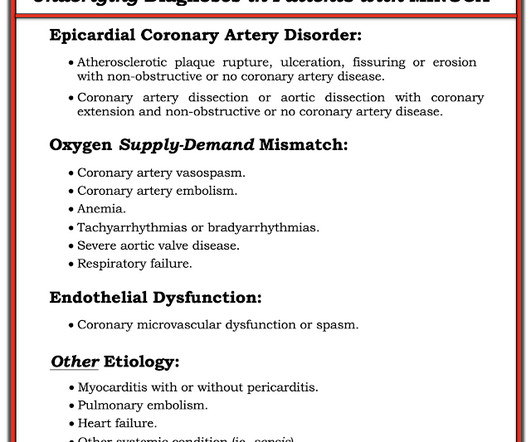The SQuID Protocol: SQ Insulin in DKA?
RebelEM
OCTOBER 2, 2023
The SQuID Protocol (Subcutaneous Insulin in /diabetic Ketoacidosis): Impacts on ED Operational Metrics. No statistical differences in safety between groups Operational Impact Median ED LOS (PRIMARY OUTCOME): SQuID: 8.9hrs (6.5 A more optimal, and promising, solution may be the use of SQ insulin in mild to moderate DKA.



















































Let's personalize your content